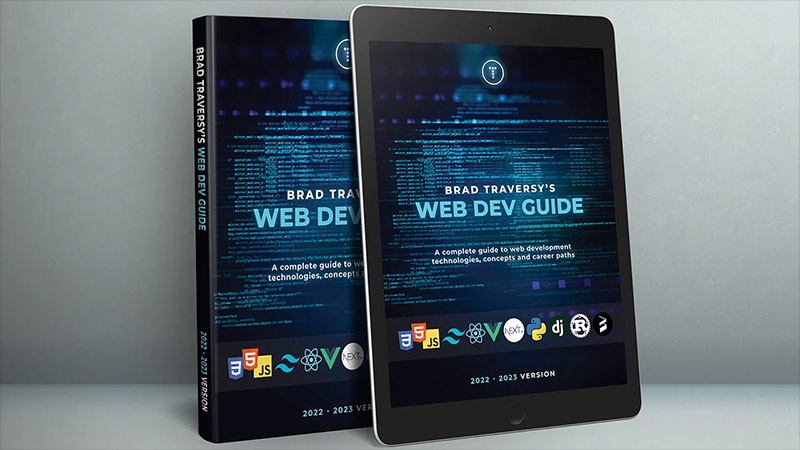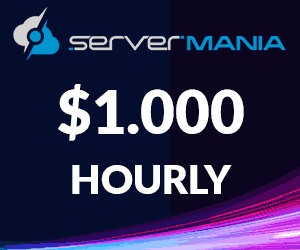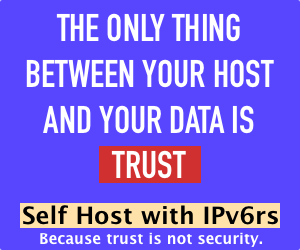 Do you ever look at the world of web development and feel like you’re drowning in options?
Do you ever look at the world of web development and feel like you’re drowning in options?
On the front-end there’s React, Vue, Angular, Svelte – and that’s without getting into backbone.js, jQuery, Ember, and so many others. On the back end there’s Golang, NodeJS, Python, PHP, etc. And then each of those choices comes with multiple framework choices. With PHP there’s Laravel, CakePHP, CodeIgniter, Symfony, and others. Python? Do you want Django or Flask? Golang – Gin? Martini? And we won’t even get into the the Java galaxy.
That’s the backend, but even in the front-end there’s even diversity in browser languages. Everything’s Javascript, right? Except if you’re using TypeScript or Ceylon or about 7,000 other transpilers.
But we’re just getting started. What is your CSS strategy – Tailwind, Bootstrap, roll your own, or…? Are you going for client-side or server-side rendering? Or maybe you want a static site generator like Hugo or Jekyll (or really mix it up and use Gatsby, which uses React). You’ll probably want to save state at some point, so you’ll need to weigh SQL (PostgreSQL, MySQL, sqlite, SQL Server, Oracle?) or NoSQL (Firebase, MongoDB) and then get into ORMs, caching, and the rest.
In short: it’s a jungle.
And if you’re heading into a jungle, a guide can be invaluable.
This brings me to Brad Traversy. He’s got a YouTube channel where he publishes various guides to web development. Annually, he publishes his guide to web development for the year, which is a top-to-bottom overview of the entire web landscape, including backend, frontend, database, frameworks, toolkits – everything! Here’s his guide for 2022:
He also publishes this guide as an extended book – and it’s wonderful! There’s 306 pages of detailed overview of virtually every significant technology related to web development in the present year.
Topics included:
- HTML, Javascript, and CSS
- UI Design
- Front-end frameworks
- Typescript
- Testing tooks
- Web APIs
- Static site generators
- Server-side rendering (Next.js, SvelteKit, etc.)
- CMS systems (WordPress, Ghost, etc.)
- Jamstack
- No-code tools
- Backend languages and frameworks
- Databases (SQL, NoSQL, GraphQL, etc.)
- Authentication/Authorization
- Mobile development
- Blockchain
- Ethereum
- Web assembly
…and I’m tired of typing, but there’s a lot more.
Now if you look up, say, Angular, you’re not going to find a step-by-step on how to use Angular. Instead, what you get is a “senior programmer discussion” read about Angular. Where does it fit into the landscape? How’s the learning curve? What are some key points of working with it? Etcetera for all competing frameworks, which then gives you a picture in your mind of where things fit and what different tools’ strengths and weaknesses are.
It’s a wonderful resource because not only do you learn a lot of concepts, but you’re exposed to a wide variety of technologies. I’ve discovered a ton of things I’d never heard of because it’s a huge jungle!
I don’t know Brad personally but he sounds like a good guy:
I started learning web development around 2007 at the age of 26. I won’t go into my whole story, but I grew up with little money and I fell into drug addiction at the age of 17. I have been homeless, in rehabs and even spent over a year in jail for drug-related crimes. I found out I was going to be a father at 25 and I got clean and changed my life for the better. I found a passion for programming as well as teaching.
His YouTube content is free. If you decided you want to pick up the book, it’ll only set you back $9.99. After 86 ratings, it’s a pure 5-star on Gumroad.


























Leave a Reply